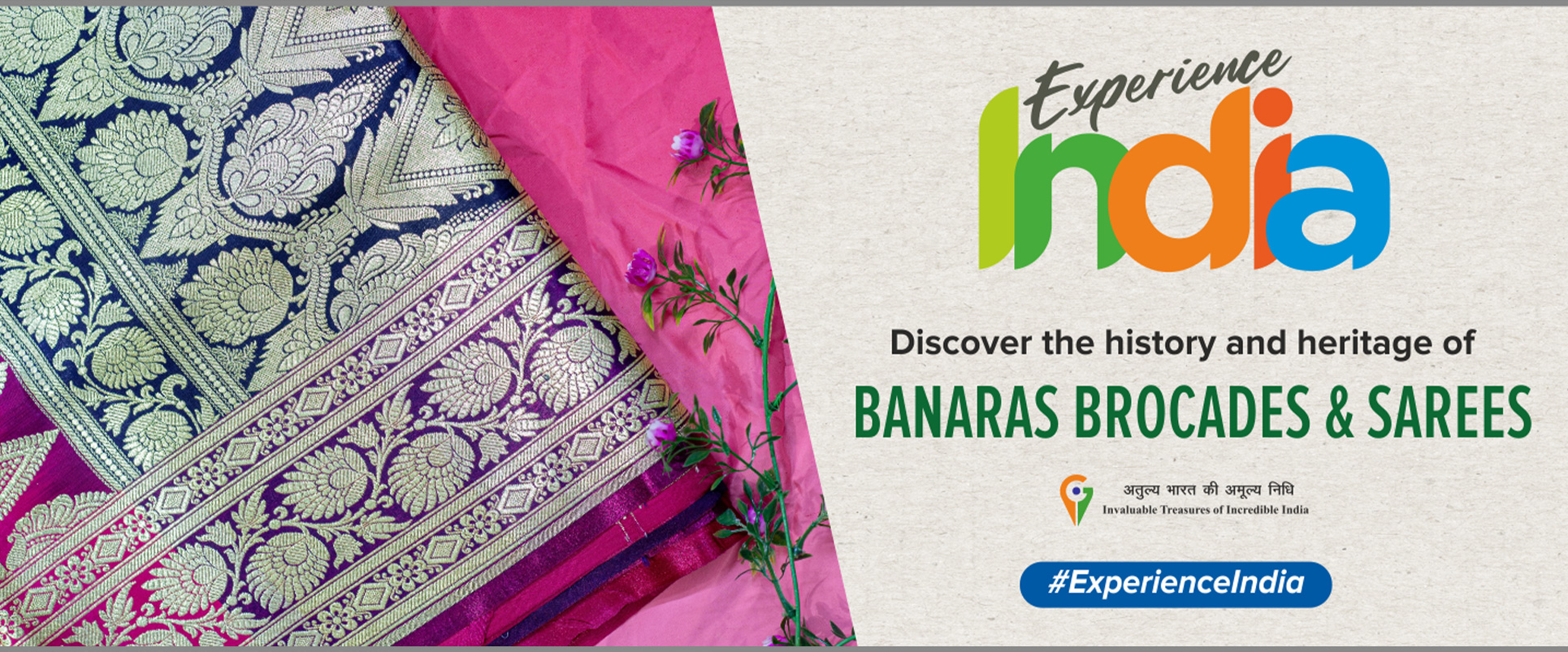Banaras Brocades and Sarees
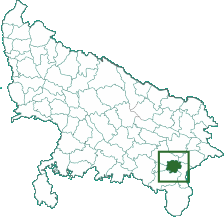
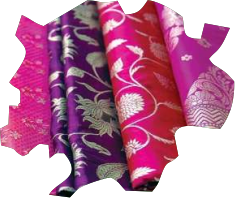
HISTORY
Gautam Buddha or Lord Buddha is said to have removed his royal silk robes, most probably among the best woven in Varanasi, and took to wearing the 'kasayani vastrani'. Varanasi is known for its production of smooth, fine silk and sarees.
Weavers
Weavers of Varanasi are skilled at weaving exquisite and rare yarn as well. Weaving is typically done within the household, and most weavers in Varanasi are Momin Ansari Muslims. Many of Varanasi's Muslims belong to a weaver community. For generations, they have passed on their craft from father to son, hand-weaving silk on room-sized foot-powered looms. They are fashioned into sarees worn only for special occasions.
Motifs
Techniques and designs had many inputs over centuries, creating a special repertoire of textiles and textures. Each one has a name and is created through a change in the process of weaving it. A typical sari will have floral, trellis, or jaali (lattice) designs with a prominent border above and below and an extravagant end piece called the pallu, which may also have a konia, or corner piece of paisley or floral motif at two corners where the pallu begins.
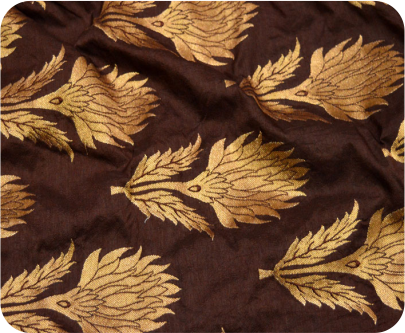
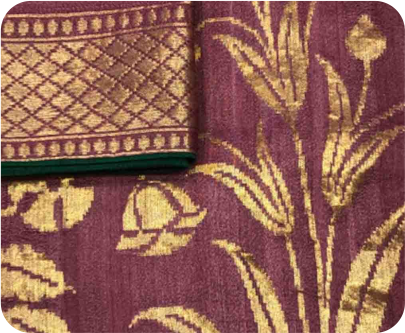
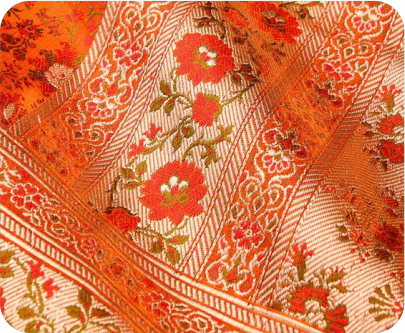
Tourist Attractions
Varanasi is one of the oldest living cities in the world. A visit to Varanasi cannot be complete without a visit to the ghats running along River Ganges. There are about 88 ghats in the city. The evening aarti (a religious ritual with lamps) at the ghats, primarily at Dashashwamedh, is a sight to behold. One of the more visually spectacular ghats is the Lalita Ghat.
The Kaimoor Wildlife Sanctuary is a serene forested area located around 100 km from Varanasi. Spread over an area of 1,342 sq km, the sanctuary is dotted with several waterfalls, of which the finest are, Karkat and Telhar falls. The sanctuary is most famous for its blackbuck population and is home to several other animals like tiger, leopard, wild boar, sloth bear, sambar deer, chital, four-horned antelope, and nilgai.
Ramnagar Fort is located on the eastern bank of River Ganges, opposite Tulsi Ghat, in Varanasi. The 18th-century red sandstone fort was built in Mughal style by the ruler of Kashi, Maharaja Balwant Singh. It is said to be the ancestral home of the Maharaja of Banaras. A 30-minute boat rides away from Varanasi, the fort is an imposing sight, rising from the bank of the river. It houses a temple dedicated to Ved Vyasa, the author of the Mahabharata, along with a popular temple dedicated to Lord Hanuman. A museum inside the compound showcases collectibles belonging to the royal family. It is known for its exhibits of antique scripts and scriptures, vintage furniture, cars, royal costumes, gold, and silver brocaded palanquins and elephant saddles carved out of silver.
